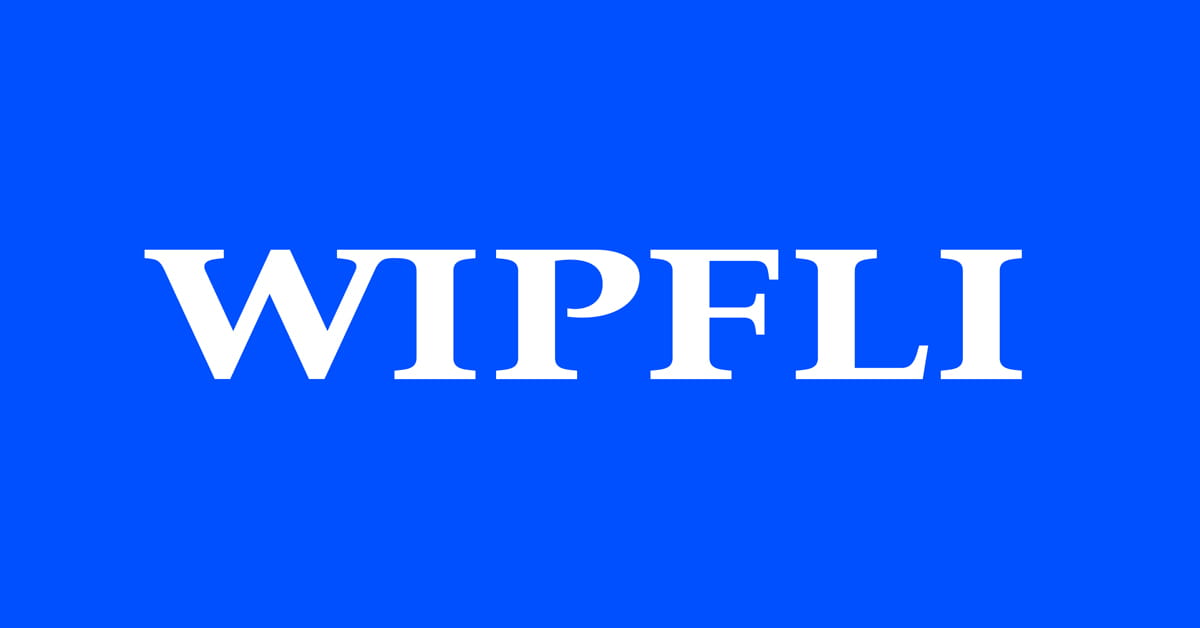Tariffs are not a strategy: A call for action in U.S. manufacturing

There has been no shortage of uncertainty and chaos within U.S. manufacturing this year. As we look ahead to 2025 and beyond, it’s clear: Tariffs may offer temporary relief to some manufacturers and challenges to others. Tariffs are a piece of the solution, but they are not a long-term strategy for U.S. manufacturing, particularly in the tooling industry. Those betting their business solely on tariffs will ultimately be losers. Success will not come from relying on external forces, but from a focus on strong business strategy and internal operational improvements.
Operational excellence: An ongoing priority
Operationally, the gap between the U.S. and low-cost regions like China is real, but it is not insurmountable. Although we may never achieve Chinese pricing levels, we should ask ourselves: What should the gap be?
Twenty years ago, I wrote an article about why OEMs were moving parts and tooling production to China. While lower costs were a factor, the deeper question was: Why were we looking to China in the first place? At the time, many manufacturers across the supply chain weren’t reflecting on what they could control. Instead, they were focused on blaming emerging low-cost regions for taking their business. Since then, what was once a small cost gap has grown significantly.
Manufacturers must continuously drive out waste, adopt new technologies, shorten lead times and challenge themselves to be better. In many cases, they have not been reaching their full operational potential. Closing that internal gap is critical to truly capitalize on shifting global dynamics. They need to be as good as they can be to make the decision easier for companies that want to move production domestically. Tariffs cannot be the cornerstone of a competitive strategy: Efficiency must be.
Maintaining strong customer relationships
It is also crucial to avoid bitterness or punitive thinking. Customers who left in the past will return only if they are offered compelling value today — not because of loyalty or obligation. Punishing customers or holding grudges through increased prices and lead times serves no one. Instead, the focus should be on making it easy for customers to return by offering better lead times, stronger relationships and competitive costs.
For example, several plastic processors have recently said that tooling costs are up roughly 30% over the past year, and lead times have doubled. The tariffs create a unique opening for U.S. mold builders to regain business. Now is the time to be cost-competitive and operationally excellent, to reestablish relationships that may have seemed lost. If shops are not competitive, customers may need them today, but they will quickly find a new source to reduce costs and improve lead times.
Manufacturers must be realistic: they will not beat China’s cost structure outright. Even with significant tariffs, cost sensitivity remains a primary factor in decision-making. Buyers will continue to seek the best overall value, and you must align with that reality.
Navigating the current climate
Leading manufacturers are not standing still. They are dedicating time and resources to understanding the shifting landscape and what impact the tariffs have on their supply chains and their current and potential customers. They are participating in webinars, consulting with advisors and actively educating their teams. Those who will succeed are taking a deliberate, informed approach to change.
They are carefully examining their supply chains. Is their supply chain healthy? Where are the vulnerabilities? What are the financial implications if adjustments are needed? These aren’t easy questions, but they are essential to answer before making major moves.
They are talking with their customers to understand the end-use of every component they supply and where it is being assembled. Shops are using this information to completely understand the landscape of the products they make and building contingency plans.
They are engaging with past customers, those that recently moved business overseas and those they may have quoted in the past. In today’s environment, there is no better time to have conversations about reshoring opportunities and domestic capacity. Proactive outreach and positioning can make the difference between growing market share and losing ground.
A strategic framework for success
To navigate the current manufacturing landscape and capitalize on tariffs, your business strategy must remain steady and grounded in fundamentals:
- Data analysis: Understand your company’s data and make decisions based on what it is telling you.
- Market intelligence: Stay informed about global supply chain trends.
- Sales engagement: Focus on your sales process, get out from behind the computer and visit your customers in person to sell.
- Operational excellence: Continuously improve efficiency and lead times.
China is moving fast, and they will find a way to overcome these tariffs. Other regions, including Europe and India, are seeing this situation as an opportunity. Tool shops from these regions are visiting the U.S. and potential customers and will penetrate some of the market share in the future if U.S. shops do not work on what they control. Shops must be proactive. This moment is not just about capturing a few one-time opportunities. It’s about building sustainable competitive advantages that can stand up over time — regardless of future tariff policies.
Moving forward with purpose
Tariffs are neither inherently good nor bad. They are simply one factor among many.
The key takeaway for manufacturing is this: Take ownership of your own future.
Through a combination of operational improvement, customer engagement and strategic discipline, manufacturers can position themselves not just to survive but to thrive in today’s complex global marketplace.
How Wipfli can help
Wipfli’s experienced manufacturing and tax professionals are ready to guide your business through this evolving environment. From compliance and cost modeling to operational strategy and process improvements, we help clients navigate uncertainty and protect their bottom line. Contact us to assess how these tariffs could impact your business — and how to stay ahead.




